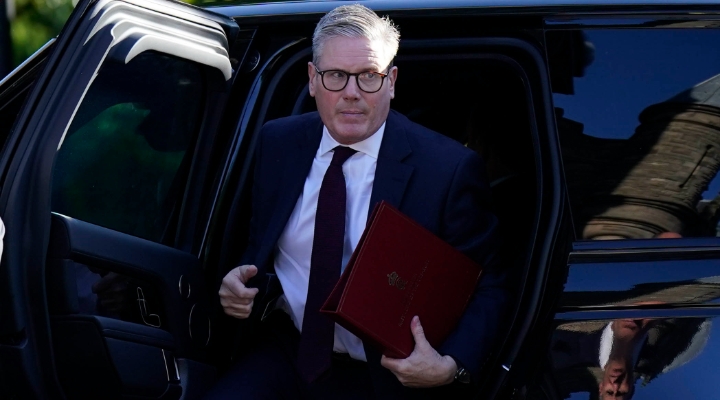This article is part of Morningstar's "Perspectives" series, written by third-party contributors. Here, Anders Svendsen is chief analyst with Nordea considers the UK economy's fortunes
Data so far this year offer some hope that a sustainable recovery is materialising. GDP growth has picked up and the recovery is broadening. The housing market is improving, the labour market is improving and exports are finally picking up – at least to countries outside the Euro area. Consumer spending remains the key driver of the recovery, while investment has yet to start recovering.
High-frequency indicators suggest that growth momentum will remain decent in the remainder of 2013. We have revised our GDP forecast upwards for this year and for 2014 and see growth in 2015 around 2%.
We believe the labour market will be the key to a sustainable recovery. In recent years, trend growth has been close to zero and the recovery has been called the slowest in 100 years.
Still, employment has been growing and was at an all-time high in May. Growing employment with no growth in production means that the productivity level has fallen – this unusual pattern has been dubbed the productivity puzzle. We expect a continued moderate improvement in the labour market going forward, but see some risks that the recovery could be jobless, weak and driven solely by a normalisation of the productivity level. For that reason, we have been quite surprised to see the Bank of England (BoE) adopting a forward guidance framework based on an unemployment threshold.
Indeed, the central bank itself writes that the path of the unemployment rate in the expected recovery scenario is highly uncertain. The Bank of England intends to keep the Bank rate at the current level and the Asset Purchase Programme at least at the current level until the unemployment rate reaches 7%, unless there is a risk to financial stability or inflation expectations rise too much.
In August, the BoE projected the threshold to be reached in 2016, which clearly signals its intention of keeping the Bank rate low for long and thereby support the economic recovery. We see the first hike at the second half of 2015. We expect sterling to gradually strengthen against the euro.




























